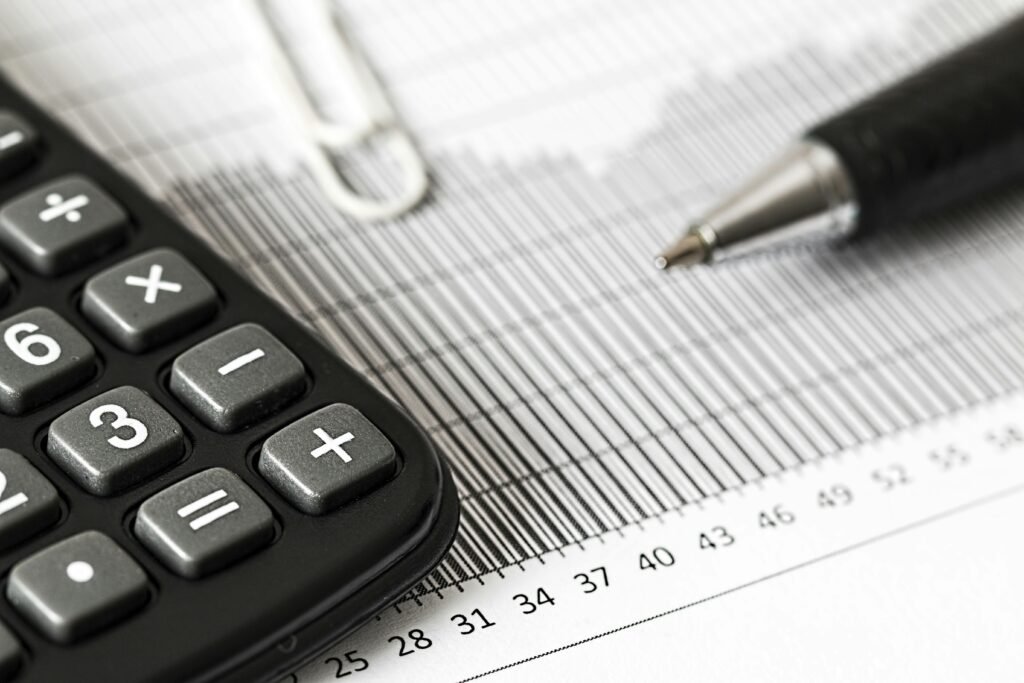Tax season in Canada brings a familiar blend of anticipation and anxiety. While many Canadians look forward to a refund, others dread the complexities of tax filing and the fear of leaving money on the table. The good news? With the right strategies, you can maximize your refund and make tax time a rewarding experience.
Let’s explore the top tax strategies for 2025 that can help you keep more of your hard-earned money and file with confidence.

Start Early and Get Organized
The foundation of a successful tax season is preparation. Start gathering your documents early in the year, including:
- T4 slips (employment income)
- T5 slips (investment income)
- RRSP contribution receipts
- Medical expense receipts
- Charitable donation receipts
- Tuition and education amounts
Using digital tools or folders can help you keep everything in one place, making filing smoother and less stressful. Early filers often receive refunds faster and avoid the last-minute rush.
Why it matters: Organization reduces errors, helps you claim all eligible deductions, and gives you time to address missing documents before deadlines.
Maximize RRSP Contributions
Contributing to a Registered Retirement Savings Plan (RRSP) is one of the most effective ways to reduce your taxable income. Every dollar you contribute lowers your taxable income, which can result in a larger refund.
For the 2025 tax year, the RRSP contribution limit is 18% of your previous year’s income, up to a maximum of $31,560. The deadline for 2025 contributions is March 3, 2026.
Strategy tip: Consider using your refund to make an additional RRSP contribution, creating a cycle of tax savings and retirement growth.
Example: If you earn $80,000 annually and contribute $10,000 to your RRSP, your taxable income drops to $70,000. The tax savings can be significant, especially in higher brackets.
Utilize the TFSA for Tax-Free Growth
While Tax-Free Savings Account (TFSA) contributions don’t reduce your taxable income, they allow your investments to grow tax-free. Withdrawals are also tax-free, making the TFSA a powerful tool for both short-term and long-term savings.
The 2025 TFSA contribution limit is $7,000. If you have unused contribution room from previous years, you can catch up without penalties.
Why use a TFSA?
- Ideal for emergency savings or big purchases.
- Investment income (interest, dividends, capital gains) is never taxed.
- Flexible withdrawals with no tax consequences.
Strategy: Some Canadians use their tax refund to invest in a TFSA, creating tax-free income streams for the future.
Claim All Eligible Deductions and Credits
Many Canadians miss out on valuable deductions and credits. Here are some to watch for:
Medical Expenses
Claim out-of-pocket costs for medical services, prescriptions, dental care, and more. You can claim for yourself, your spouse, and dependents. The CRA sets a minimum threshold, so combining expenses in one year can maximize the benefit.
Charitable Donations
Claim 15% on the first $200 and 29% (or more) on amounts over $200. Combine donations with your spouse to maximize credits.
Tuition and Education
Students can claim tuition fees and carry forward unused amounts. Parents can receive transferred credits up to $5,000.
Home Office Expenses
If you work from home, claim a portion of rent, utilities, and supplies. Use the detailed method or the temporary flat rate method ($2/day up to $500).
Childcare Expenses
Claim fees paid for daycare, nannies, camps, and more. The lower-income spouse usually claims this deduction.
New for 2025:
- Digital News Subscription Credit: Claim up to $500 for eligible news sources.
- Green Home Credits: Tax relief for energy-efficient renovations and upgrades.
Income Splitting and Family Tax Strategies
If you have a spouse or common-law partner, income splitting can reduce your overall tax burden. Strategies include:
Spousal RRSPs
The higher-income spouse contributes to a spousal RRSP, gaining the deduction while building the partner’s retirement savings. This can equalize income in retirement and reduce taxes.
Pension Income Splitting
Split up to 50% of eligible pension income with a spouse to reduce taxable income.
Paying Salaries to Family
If you own a business, pay reasonable wages to family members for work performed. This shifts income to lower tax brackets.
Note: All income splitting must follow CRA guidelines to avoid penalties.
Capital Gains and Loss Planning
If you invest, managing capital gains and losses is essential. Selling investments at a gain triggers taxes, but you can offset gains with capital losses.
Tax-loss harvesting: Sell underperforming assets to realize losses and offset gains. Losses can be carried back three years or forward indefinitely.
Only 50% of capital gains are taxable. Strategic planning helps you minimize taxes and maximize after-tax returns.
Leverage Tax-Free Benefits
Take advantage of non-taxable benefits and credits, including:
- Canada Child Benefit (CCB): Monthly payments based on family income.
- GST/HST Credit: Quarterly payments to low- and modest-income families.
- Climate Action Incentive Payment: Quarterly payments in eligible provinces.
Filing your return ensures eligibility for these benefits, even if you have little or no income.

Use CRA Tools and Professional Help
The CRA offers tools like My Account for tracking past returns, checking refund status, and managing benefits. Use certified tax software or work with a tax professional to ensure accuracy and maximize your return.
Why hire a professional?
- Navigate complex tax situations.
- Identify missed deductions.
- Plan multi-year strategies.
- Ensure compliance and peace of mind.
Case Study: How Strategic Planning Boosted Sarah’s Refund
Sarah, a 35-year-old freelance writer, earned $70,000 in 2024. With professional help, she:
- Contributed $10,000 to her RRSP.
- Claimed $3,000 in home office expenses.
- Used $1,500 in charitable donations.
- Invested her refund into a TFSA.
Her refund increased by $2,500 compared to previous years, and her investments began compounding tax-free growth.
Final Thoughts: Take Control of Your Tax Season
Maximizing your tax refund isn’t about shortcuts; it’s about being informed, organized, and strategic. By leveraging RRSPs, TFSAs, deductions, credits, and planning ahead, you can turn tax time into an opportunity for financial growth.
